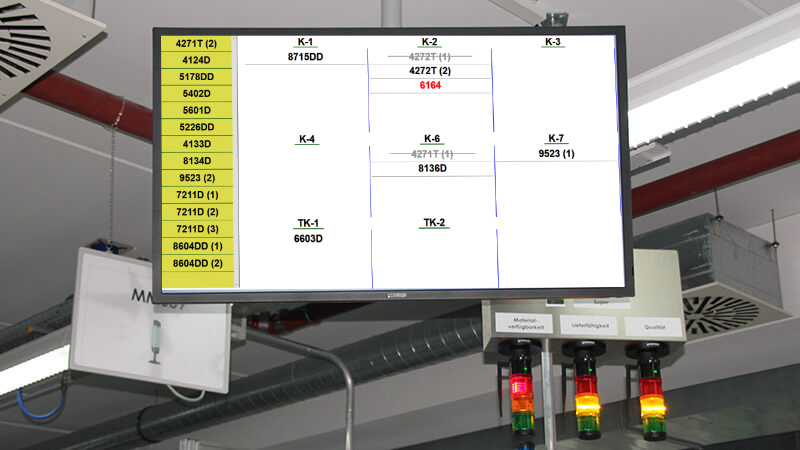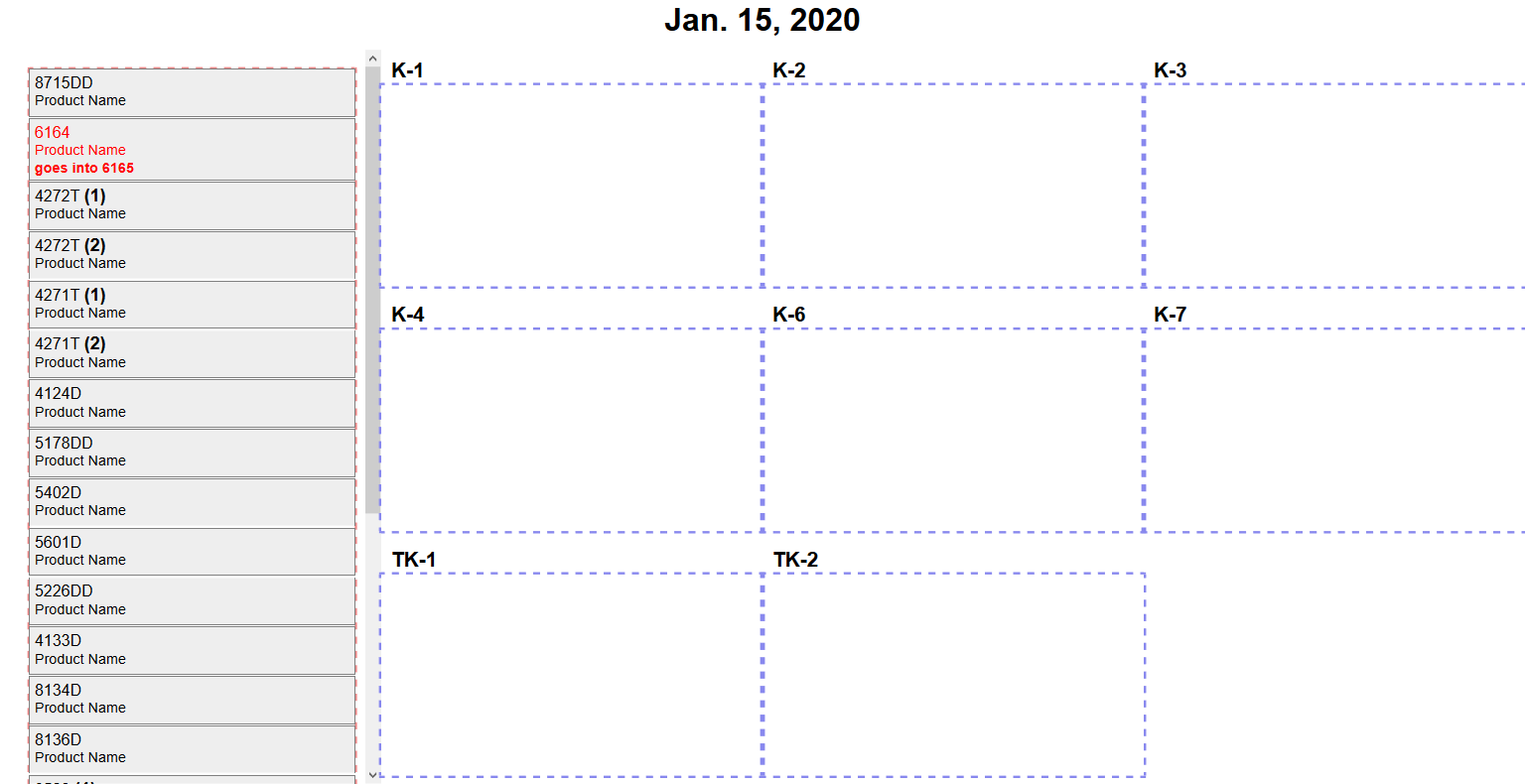Working as a tech developer for a food manufacturer in Minneapolis, Minnesota, I was tasked with creating a scheduling application which would comminucate up to the minute kettle information with the dozens of employees on the production floor.
I leveraged website technologies and a relatively small local network. Unlike public facing web applications, the scheduling tool would not need to process hundreds of information updates or requests a minute. But the television displays on the production floor would need to keep the employees up to date as products were reorganized and completed for the day.
I ended up going with Python's Django framework and it's asynchronous (ASGI) library, Channels over something like NodeJs because of what I understood to be maintainability. I've heard both sides of the argument, but it was Python's longevity and syntactic cleanliness that stood out.
In May 2019, the app went into use by the team, and it became a core part of communication between the production manager who would organize daily production for his staff. Along the way features were requested and implemented, such as the ability to indicate "start times" for individual products.
The server ran on an Ubuntu box and the traffic was quiet enough to run a Python server called Daphne, which is made especiialy for websocket / asgi connections. Instead of setting up Nginx for static files (CSS, Javascript) I used another Python library called Whitenoise.
Future goals for the project might be to visualize statistics such as which products get made on which kettles, etc.
Note: Screenshots and photographs are placeholder data and stock photo compositions, due to the proprietary nature of the company's information.
Coming soon: Part 2, how I processed daily product order information from a Microsoft Excel file using the Python library Pandas and XLRD to turn spreadsheet data into database entries.




